

Calibrating Field Sprayers
Revised
Learn the essential steps for calibrating field sprayers to ensure optimal pesticide application, improve efficiency, and avoid crop damage.
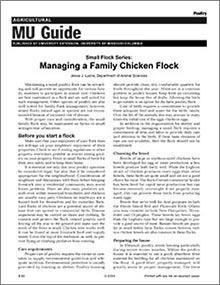
Small Flock Series: Managing a Family Chicken Flock
New
Interested in raising a small flock of chickens for eggs? Get tips on selecting the breed, preparing the house, feeding, watering, disease prevention and more in this University of Missouri Extension guide.
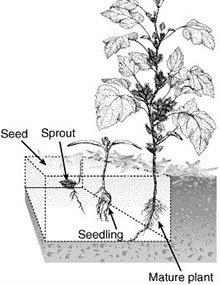
Missouri No-Till Planting Systems
New
Practical insights into implementing no-till farming in Missouri, addressing local challenges and management strategies.
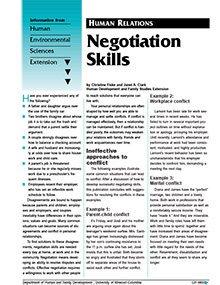
Negotiation Skills
Reviewed
Learn to resolve everyday conflicts at home, work, and in relationships using practical negotiation strategies for mutual understanding.

Establishing Forages
Reviewed
Avoid forage seeding failures by using research-proven procedures. Seeding failures are costly, not only in seed and labor cost, but in providing inadequate feed the following year.
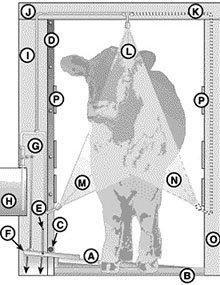
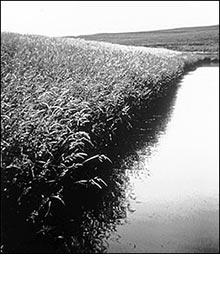
Maintaining Small Dams
Reviewed
Learn how to inspect, maintain, and repair small agricultural dams to prevent erosion, control vegetation, and ensure structural integrity.
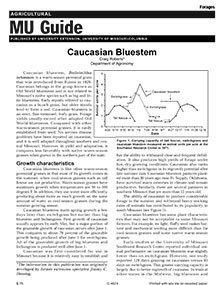
Caucasian Bluestem
Reviewed
Warm-season grass known for drought tolerance, high forage yield, and ease of establishment; less ideal for wildlife than native alternatives.

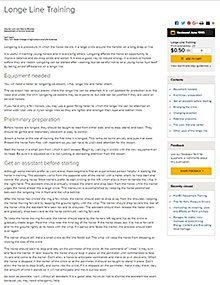
Longe Line Training
Reviewed
Longeing is a procedure in which the horse travels in a large circle around the handler on a long strap or line.

Responding to Farm Accidents
Reviewed
Most rural and farm family members are aware of potential hazards on farms. But they may not always know what actions to take if they arrive first at a farm accident scene.

Unsoundness and Blemishes of Horses: Feet and Legs
Reviewed
Any abnormal deviation in the structure or action of a horse can render it partly or completely useless. Visit our website today to learn more.
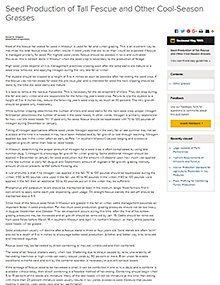
Livestock Judging Techniques
Reviewed
Livestock judging consists of carefully analyzing animals against a common standard. Learn steps for success and get judging tips in this guide.
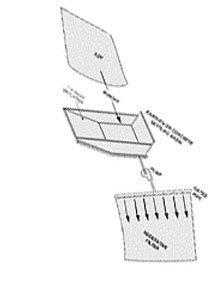
Vegetative Filters for Dairy Waste
New
Learn practical tips and best practices for water quality management, including techniques to monitor and protect local water resources.
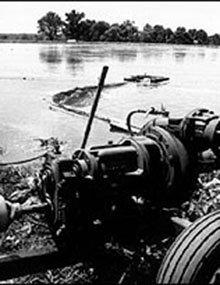
Solids Removal From Livestock Manure Lagoons
New
Prevent solids buildup in manure lagoons using separation tools and removal methods to improve function and reduce costs.
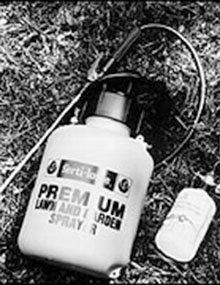
Calibrating Home Garden Equipment
New
Learn to calibrate home garden sprayers and spreaders for accurate fertilizer and pesticide application, ensuring plant health and environmental safety.

Independent Contractor vs. Employee: Exploring the Categories
New
People who work for you can be employees or independent contractors, and you must correctly classify them to avoid IRS problems. Learn how to classify workers in this guide.

Fertilizer Management for No-Till Corn and Grain Sorghum in Missouri
Reviewed
Guidance on nutrient management in continuous no-till systems for corn and sorghum, emphasizing soil sampling, pH control, and fertilizer application.
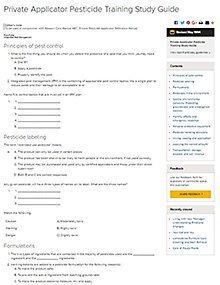
Private Applicator Pesticide Training Study Guide
Revised
Study guide for private pesticide applicator certification covering pest ID, labeling, safety, application methods, environmental impact, legal duties.

Nitrogen Management for No-Tillage Systems in Missouri
Revised
Explore strategies for optimizing nitrogen use in no-till corn production, addressing challenges like nitrogen immobilization and enhancing fertilizer efficiency.

Safe Storage and Handling of Grain
Reviewed
Storage and handling of large volumes of grain on Missouri farms is common. Increased storage capacities, larger and faster handling capacities and automation contribute to many potentially hazardous situations during the harvest and storage season. This guide sheet identifies many of them and suggests preventive measures that control or eliminate the hazardous exposure.

Storage Tanks for Liquid Dairy Waste
Reviewed
Sunflower: An American Native
Reviewed
